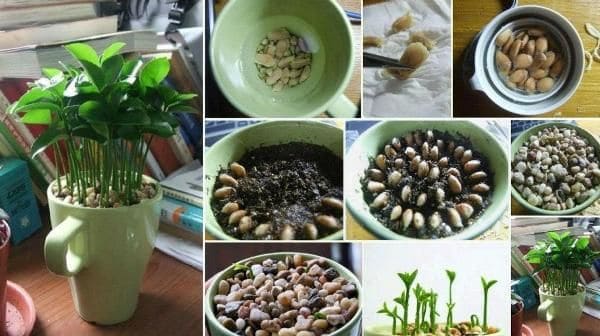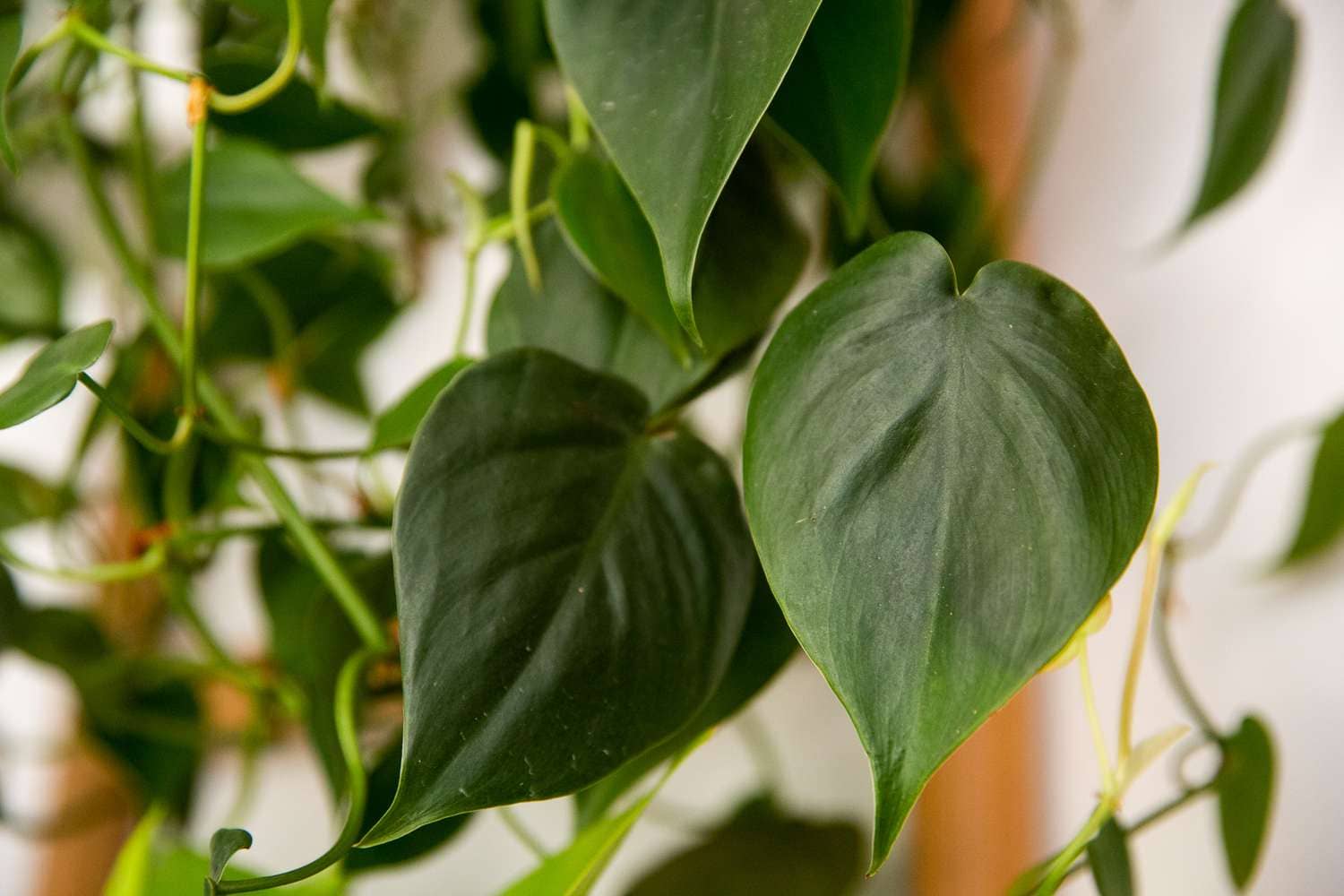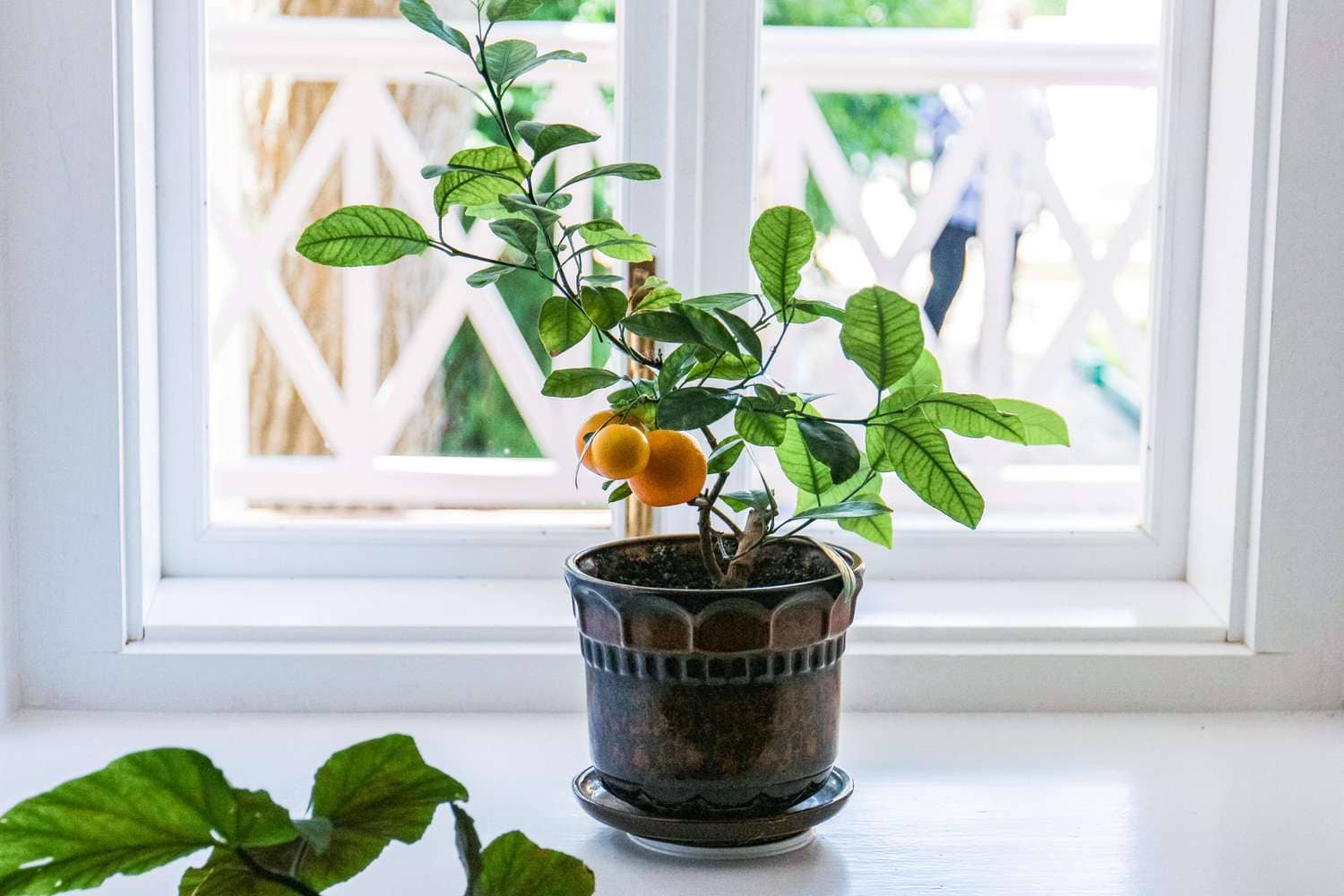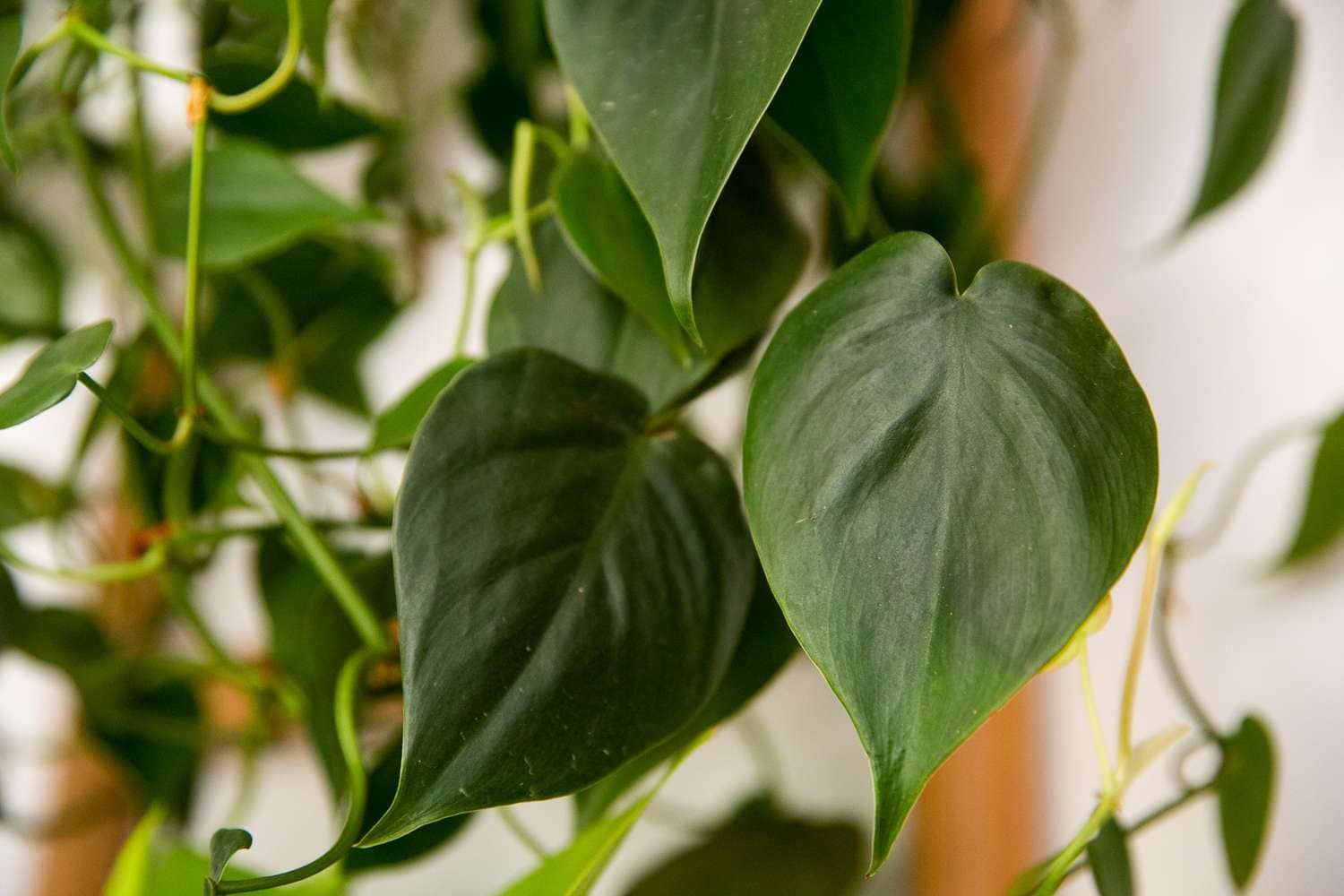Introduction
When it comes to cultivating corn, raised beds emerge as a game-changer, offering numerous benefits for a bountiful harvest. In this comprehensive guide, we delve into the intricacies of growing corn in raised beds, unlocking the secrets to optimize your yield and surpass the competition.
Selecting the Right Location
Optimal Sun Exposure
Selecting the right location is crucial for the success of your corn crop. Full sun exposure is paramount, ensuring that your corn receives at least 8 hours of sunlight daily. This encourages robust growth and maximizes yield potential.
Well-Drained Soil
Corn thrives in well-drained soil, making raised beds an ideal choice. Elevated beds facilitate proper drainage, preventing waterlogged roots and minimizing the risk of diseases.
Building the Perfect Raised Bed
Choosing the Right Materials
The foundation of a successful corn harvest lies in the construction of your raised beds. Opt for untreated, rot-resistant wood or durable composite materials to ensure longevity. These materials provide the necessary structural support while avoiding potential harm to your crops.
Optimal Bed Dimensions
Create raised beds with dimensions that optimize space and facilitate proper growth. Aim for a width of 3 to 4 feet, allowing easy access to the center of the bed without compacting the soil. A length of 8 to 12 feet accommodates multiple corn plants while maintaining efficient cultivation practices.
Soil Preparation and Fertilization
Nutrient-Rich Soil Mix
Prepare a nutrient-rich soil mix by combining compost, well-rotted manure, and organic matter. This concoction provides the essential nutrients corn requires for robust growth. Aim for a soil pH between 6.0 and 6.8 to ensure optimal nutrient uptake.
Strategic Fertilization
Corn has high nutrient demands, especially nitrogen. Incorporate a balanced, slow-release fertilizer at planting, ensuring a steady supply of nutrients throughout the growing season. Consider a side-dressing application when the corn reaches a height of 12 inches to bolster nutrient availability during critical growth stages.
Planting and Spacing
Proper Seed Depth
When planting corn in raised beds, adhere to the recommended seed depth of 1 to 2 inches. This ensures proper germination and establishment. Plant seeds in rows, leaving adequate space between plants for optimal growth.
Ideal Spacing Between Plants
For optimal corn development, adhere to a spacing of 10 to 12 inches between individual plants. This prevents overcrowding, allowing each corn stalk to receive ample sunlight and nutrients for robust growth.
Watering Practices
Consistent Moisture Levels
Maintaining consistent moisture levels is vital for a successful corn crop. Raised beds facilitate effective water management, preventing water stagnation. Water your corn plants regularly, aiming for 1 to 1.5 inches of water per week, especially during dry spells.
Avoiding Overhead Irrigation
To mitigate the risk of foliar diseases, refrain from overhead irrigation. Instead, opt for drip irrigation or soaker hoses, delivering water directly to the base of the plants.
Pest and Disease Management
Vigilant Monitoring
Regularly inspect your corn plants for signs of pests and diseases. Early detection enables prompt intervention, preventing potential damage. Keep an eye out for common corn pests such as corn borers and aphids.
Natural Predators
Encourage natural predators, such as ladybugs and predatory beetles, to establish a presence in your raised beds. These beneficial insects help control pest populations organically, reducing the need for chemical interventions.
Harvesting Corn
Timing is Key
Knowing when to harvest your corn is critical for optimal flavor and texture. Monitor the development of corn silks, and once they turn brown, it’s time to harvest. Check the ears for plump kernels, and if in doubt, perform a thumbnail test – ripe kernels release a milky liquid when punctured.
Harvesting Technique
When harvesting, grasp the ear firmly and twist it downward, pulling it away from the stalk. This minimizes damage and ensures a clean break, leaving the corn ready for consumption.
Conclusion
Mastering the art of growing corn in raised beds involves a combination of thoughtful planning, strategic execution, and attentive care. By selecting the right location, constructing optimal raised beds, and implementing effective cultivation practices, you set the stage for a bountiful harvest. Follow these guidelines diligently, and watch as your corn crop flourishes in raised beds, surpassing expectations.





